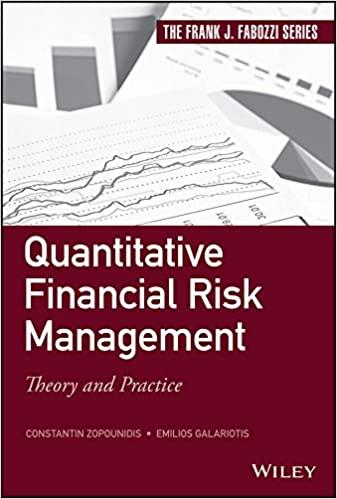Question
1) Let us first review the investment project example exhibited in Chapter 11 power point (described in Slides pp. 3~4, without considering any opportunity cost



1) Let us first review the investment project example exhibited in Chapter 11 power point (described in Slides pp. 3~4, without considering any opportunity cost effects on annual operating cost or externality/ side effects on annual sales), and redo in your Excel spreadsheet to calculate those net free cash flows year-by-year from Years 0 till 4.
(PS: In case your copy of textbook does not have sufficient information about MACRS, the MACRS year-by-year depreciation schedule can be found via: wiki/MACRS, "MACRS applicable percentage for property class".)
2) Then let us assume that the corporation CAT is considering the investment opportunity of such a 4-year project described in Powerpoint slides (pp. 3~4). Based on CAT's most current WACC (9.61%), use Excel to compute the following: What should be the amounts of (i) NPV, (ii) IRR, (iii) MIRR, (iv) Payback and (v) EAA, respectively, provided that Caterpillar chooses to undertake such an investment budgeting opportunity (Chapter 11 Power Point, pp.3~4)?
3) Flexibility consideration: What if the annual inflation factor needs to be considered?
Hints: So far in that example on the Power Point, all items such as annual sales or costs are given as real (deflated) CFs without inflations, because those annual growths in sales or costs are due to higher market demands, not due to price inflation. On the other hand, CAT's WACC ( 9.61% )--- which we have calculated previously on the basis of financial market quotes --- is a "nominal (inflated)" rather than "real (deflated)" return. Is it suitable to discount real-term (deflated) FCFs by such a nominal (inflated) WACC derived from financial market quotes? Nope. Then what should we do to adjust for the inflation factor when computing NPV, MIRR & EAA?
The Big Picture: Project Risk Analysis Proposed Project Data (1 of 2 ) - $200,000 cost +$10,000 shipping +$30,000 installation. - Economic life =4 years. - Salvage value =$25,000. - MACRS 3-year class. Proposed Project Data (2 of 2) - Annual unit sales =1,000. - Unit sales price =$200. - Unit costs =$100. - Net working capital: - NWC t=12%( Sales t+1) - Tax rate =25%. - Project cost of capital =10%. The Big Picture: Project Risk Analysis Proposed Project Data (1 of 2 ) - $200,000 cost +$10,000 shipping +$30,000 installation. - Economic life =4 years. - Salvage value =$25,000. - MACRS 3-year class. Proposed Project Data (2 of 2) - Annual unit sales =1,000. - Unit sales price =$200. - Unit costs =$100. - Net working capital: - NWC t=12%( Sales t+1) - Tax rate =25%. - Project cost of capital =10%Step by Step Solution
There are 3 Steps involved in it
Step: 1

Get Instant Access to Expert-Tailored Solutions
See step-by-step solutions with expert insights and AI powered tools for academic success
Step: 2

Step: 3

Ace Your Homework with AI
Get the answers you need in no time with our AI-driven, step-by-step assistance
Get Started


